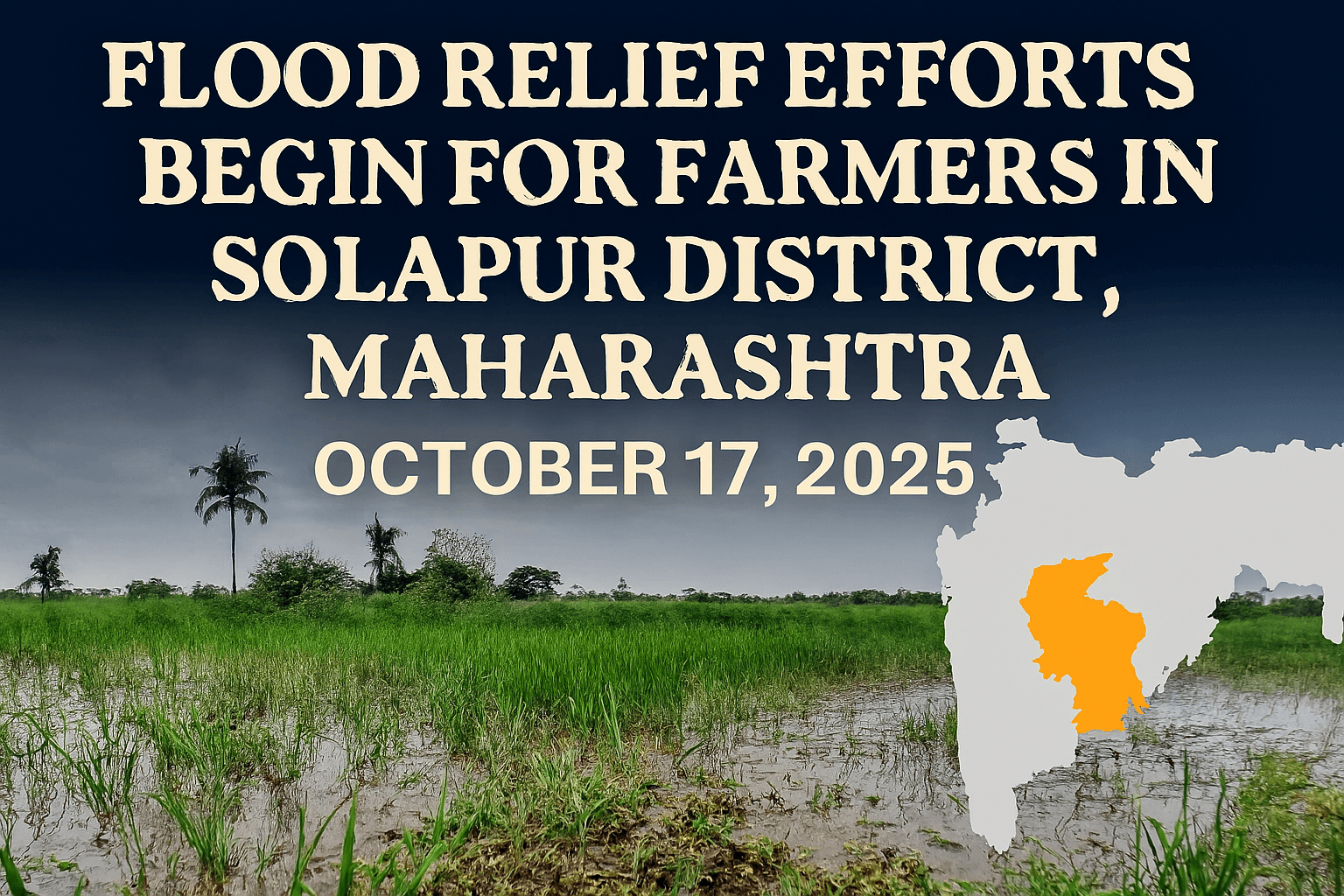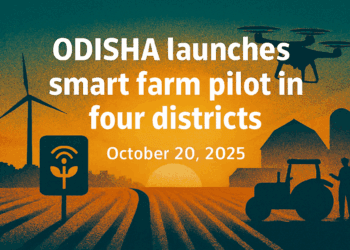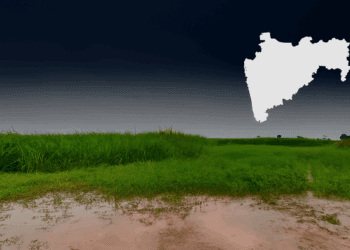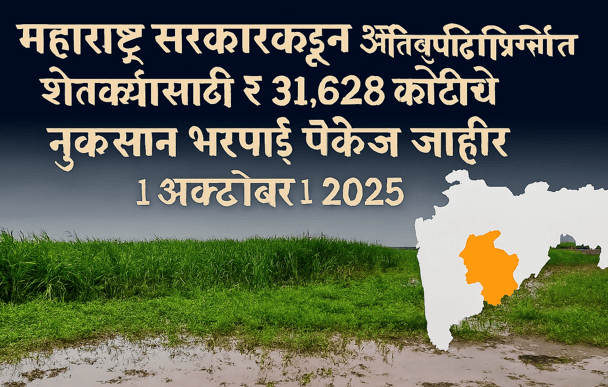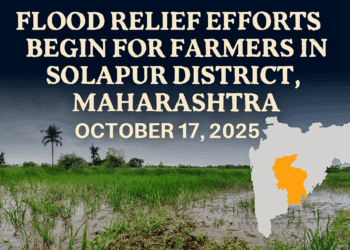Indias Summer Crop Sowing Surge
India’s agricultural landscape is undergoing a notable shift as summer crop sowing patterns evolve in response to climate variability, soil health concerns, and changing market dynamics. The 2025 sowing season has seen a significant uptick in pulses and coarse cereals, signaling a move away from water-intensive crops and toward more resilient alternatives.
Key Highlights from the 2025 Sowing Season
- Pulses sowing up by 18% compared to last year
- Coarse cereals area expanded by 12%
- Rice acreage declined marginally due to water stress
- States like Maharashtra, MP, and Rajasthan lead the diversification
This trend reflects both farmer adaptation and policy nudges toward sustainable cropping systems.
Drivers Behind the Shift
Several factors are contributing to this transformation:
- Climate Pressure: Erratic monsoons and rising temperatures have made water-intensive crops less viable.
- Soil Health: Pulses improve nitrogen fixation and restore soil fertility.
- Market Demand: Rising urban consumption of millets and lentils is driving price support.
- Government Incentives: Schemes like PM-AASHA and MSP coverage for pulses and millets.
State-Level Trends
Different states are responding uniquely to the changing agro-climatic conditions:
- Maharashtra: Jowar and tur dominate summer sowing, with over 1.2 million hectares under pulses.
- Madhya Pradesh: Expansion in urad and moong cultivation, supported by irrigation schemes.
- Rajasthan: Bajra and moth bean gaining traction in arid zones.
- Telangana: Farmers shifting from paddy to red gram and maize.
Impact on Food Security and Nutrition
The rise in pulses and coarse cereals has positive implications for India’s nutritional security. These crops are rich in protein, fiber, and micronutrients, and are well-suited for dryland farming. Their inclusion in the Public Distribution System (PDS) and school meal programs can enhance dietary diversity.
Challenges Ahead
Despite the progress, several challenges remain:
- Price volatility and lack of assured procurement
- Limited access to quality seeds and extension services
- Storage and processing infrastructure gaps
- Farmer awareness and training on crop rotation
Addressing these issues will be key to sustaining the momentum.
Policy Recommendations
Experts suggest the following measures to support the ongoing shift:
- Expand MSP coverage and timely procurement for pulses and millets
- Invest in decentralized storage and processing units
- Promote climate-resilient seed varieties and precision farming
- Integrate crop diversification into PM-KISAN and KCC schemes
Voices from the Field
Farmers across regions are sharing their experiences:
“Switching to millets has reduced my input costs and improved soil health.” – Ramesh Pawar, farmer from Solapur
“Pulses give better returns and require less water. It’s a win-win.” – Kavita Yadav, farmer from Bundelkhand
Conclusion
India’s summer crop sowing trends in 2025 reflect a strategic pivot toward sustainability, nutrition, and climate resilience. The surge in pulses and coarse cereals is not just a seasonal anomaly—it’s a signal of deeper structural change. With the right policy support and farmer engagement, this shift could redefine India’s agricultural future.









